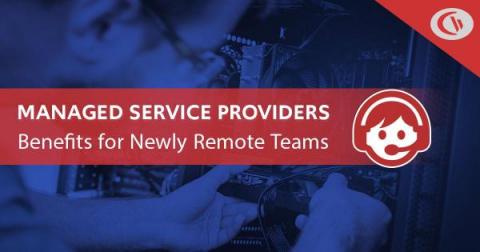Security | Threat Detection | Cyberattacks | DevSecOps | Compliance
February 2022
How to Manage Your Security in A Hybrid World: 15 Cybersecurity Tips & Best Practices
The hybrid workplace is here to stay. If the past couple of years have proved anything, it’s that many workers enjoy working remotely, or like the flexibility of working from home part-time. Organizations also appreciate the benefits of a hybrid workplace; according to Gartner, 48% of employees will likely work remotely at least part of the time after COVID-19, as opposed to the 30% of employees who did so before the pandemic.
Don't Leave Dollars on the Table: How to Find and Leverage Federal Funding
How an IT Managed Services Provider Helps Newly Remote Organizations
A Managed Service Provider (MSP) is a valuable resource for meeting fluctuating IT infrastructure needs. According to data from Statista, the value of the IT managed services market is expected to grow to $356.24 billion by 2025. In this article I’ll outline the benefits of an MSP vs in-house IT staff and how an MSP can help your organization transition to a remote workforce.
6 challenges when protecting a distributed workforce
When employees connect to professional networks remotely the cyber-threat level rises. Elements such as the expansion of the security perimeter of organizations when working remotely or the proliferation of threats from COVID-19-related topics have changed the way we understand cybersecurity. But there are other, more specific challenges that make it more difficult for MSPs to protect clients that have a remotely distributed workforce. These 6 challenges are.







